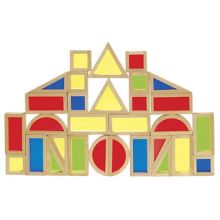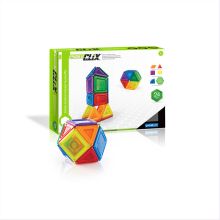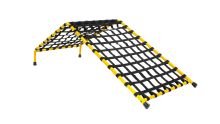Having Fun with Sensory Integration Therapy
We learn about and interact with the world through our senses. Sensory processing refers to the way our nervous system receives information from our senses, organizes it and forms responses to it. Most of us are familiar with our senses of hearing, seeing, taste, smell and touch and understand how they impact our ability to function well in the world. Less familiar, but of equal or greater importance is our ability to understand how our bodies are positioned in space (proprioception) and how are bodies are moving in space (vestibular). For people who have difficulty with sensory integration or have a Sensory Processing Disorder (SPD), sensory information goes into the brain but does not get organized into appropriate responses. For example, a two-year-old boy who dislikes most movement activities. He does not like riding on toys, swinging or bouncing on a ball. He becomes anxious and upset if moved too quickly, even when moving from sitting to lying down for a diaper change. This child has sensory integration dysfunction of the vestibular sense. Treatment to improve a person’s sensory integration is available and effective with our understanding of successful intervention strategies improving all the time. At Adaptivemall.com you will find a wide variety of products that are used to address sensory processing differences including products often used to implement daily sensory diets.
Sensory Diets are No Problem!
Whether you’re looking for Therapy Balls for bouncing, Swings for spinning and swinging, toys that vibrate, or bean bag chairs that provide deep pressure you will find them all and much more here at Adaptivemall.com. If you have questions about what might work best to meet your child’s needs, we’re here to help! Adaptivemall.com is staffed by physical and occupational therapists and intervention specialists who are happy to provide you with custom advice. All adaptive equipment choices have been handpicked and recommended by therapists and families with special needs children. This equipment is appropriate for but not limited to children with diagnosis of ADD, ADHD, PDD and Autism.













